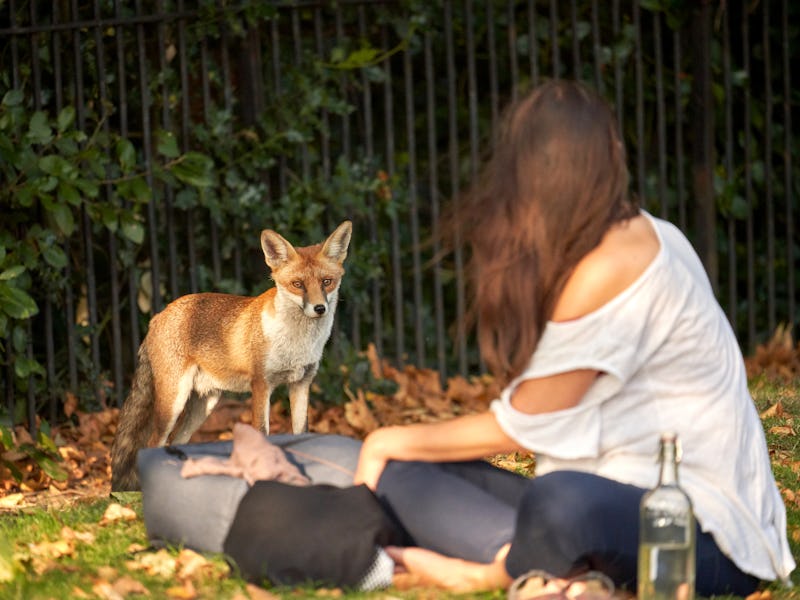Study reveals one key way foxes are evolving to become more like pets
City foxes are changing — and fast.

During the first few months of the Covid-19 pandemic, cities were left barren and devoid of people and traffic — but not of other life. Urban wildlife took to the streets in lieu of commuters and shoppers, rooting through trash and reasserting themselves in the concrete jungles of the world.
That some wild animals are becoming more urban is not a surprise — just ask anyone in New York if they have ever seen a raccoon. But experts caution that while animals may gradually venture into new areas, we shouldn't expect wildlife to quickly conquer cities in an urban edition of Animals Gone Wild.
But it turns out that one clever creature is capable of rapidly adapting to its urban circumstances: The red fox (Vulpes vulpes).
After a century or so of life in London, the red fox has become quite an experienced city-dweller. In a study published earlier this year, researchers found the urban red fox has not only adapted to their surroundings by changing their behavior — they are also evolving for city life, too.
Since the 1900s, foxes in London appear to have developed tinier heads and shorter, wider snouts. Male and female foxes are also closer in size than their rural kin.
Boy stroking a real baby vixen , Red Fox (Vulpes vulpes)
INVERSE IS COUNTING DOWN THE 20 STORIES THAT MADE US SAY 'WTF' IN 2020. THIS IS NUMBER 17. SEE THE FULL LIST HERE.
Undoubtedly, these evolutionary advantages have helped the fox thrive in city settings. There is one fox per every 300 people in London, which means there are more than 10,000 foxes living in this densely packed metropolis.
It's not just London foxes which are changing, either — red foxes with more dog-like features are appearing in cities from Bristol to Birmingham.
To come to this conclusion, the researchers performed an analysis of fox skulls, demonstrating city-dwelling foxes now look markedly different from their counterparts in the wild.
The trend is likely to continue, too. Urban foxes are less likely to mate with rural ones, increasing the likelihood they will pass on their city-adapted traits to future generations.
Young urban fox walking down a Bristol street whilst patrolling its territory.
Such lightning-fast evolution is surprising, but not unexpected if we consider how much humans shape the urban landscape. It's likely that the fox evolved in response to this human activity.
Specifically, the foxes' new traits may help them better scavenge for food as it roots in our garbage. Food taken from the trash or the street makes up some 37 percent of this urban animal's diet, according to the study.
The urban red fox is on an evolutionary trajectory similar to another animal intimately familiar to us: pet dogs.
Urban foxes have undergone a process known as "domestication syndrome," the study suggests. Essentially, spending time around humans makes red foxes behave and look more like pet dogs than wild animals.
As. Andrew Kitchener, a zoologist and curator at the National Museums Scotland, explained: "Adapting to life around humans actually primes some animals for domestication."
While this trend seems the result of modern foibles, it actually has more ancient roots. Humans and foxes once shared a closer relationship with one another than we did with dogs. Perhaps this strange turn in the tale of evolution will make us friends once again.
INVERSE IS COUNTING DOWN THE 20 STORIES THAT MADE US SAY 'WTF' IN 2020. THIS IS NUMBER 18. READ THE ORIGINAL STORY HERE.